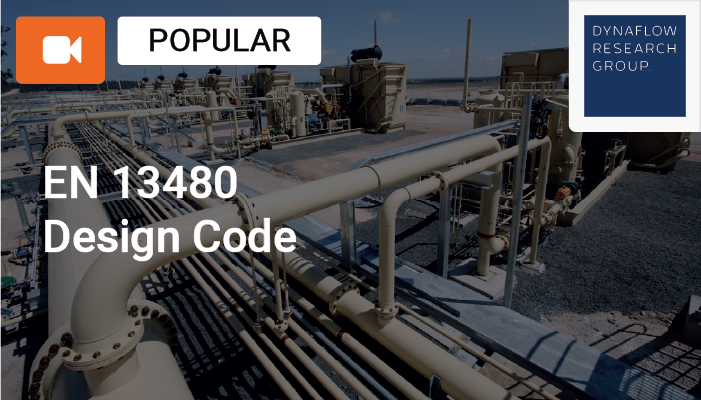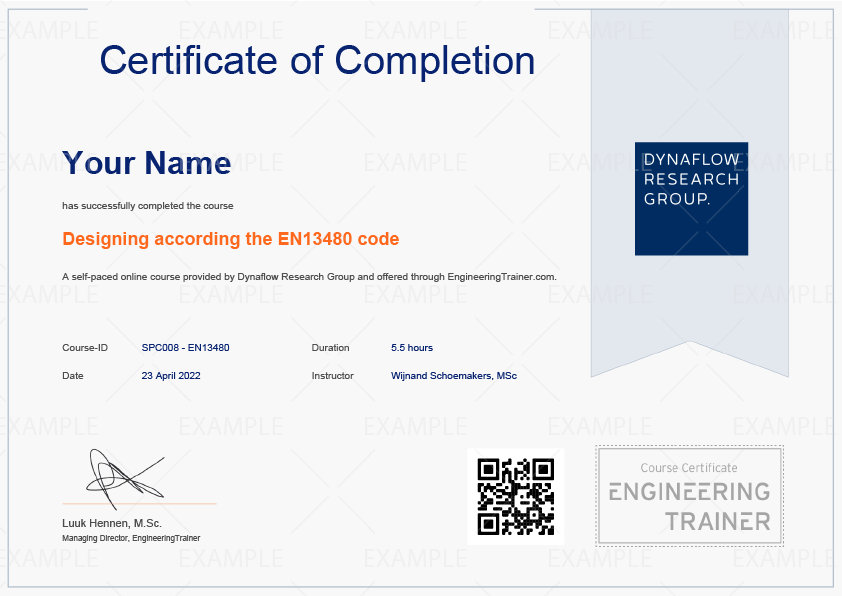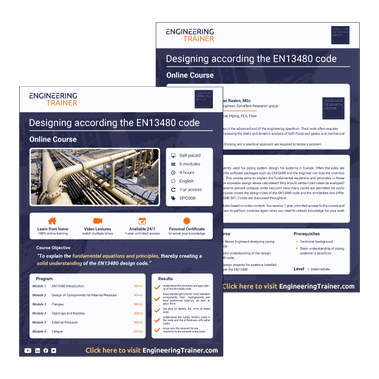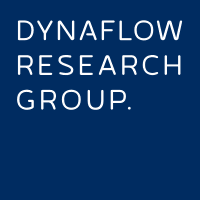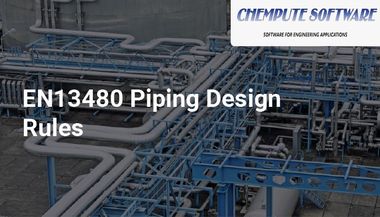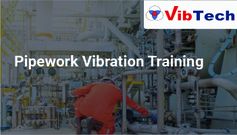Designing according to the EN 13480 code
Self-Paced Course
7 modules
Wijnand Schoemakers, MSc
Dynaflow Research Group
SPC008
Format:
On-demand
€560 For Teams
Get a 20% discount on all courses for you and your team.
Free Course Preview
Help yourself with your purchasing decision. Watch free content now.
Course Objective
"To explain the fundamental equations and principles in the EN13480 design code, thereby creating a solid understanding."
Learn from home
100% online training
Video Lectures by Experts
connect with them online
6-month access
to recordings and material
PDH Hours qualified course
Read more here
About the course
Self-paced
7 modules
5.5 hours
English
SPC008
The EN13480 design code is frequently used for piping system design for systems in Europe. Often the rules are applied using automated pipe flexibility software packages such as CAESAR II and the engineer can lose the overview of the calculation being performed. This course aims to explain the fundamental equations and principles in these design rules. For example: How is the allowable design stress calculated? Why should certain load cases be analyzed? What inter-stiffener distance is required to prevent collapse under vacuum? How many cycles are permitted for cyclic loads to avoid fatigue failure? This course covers the design rules of the EN13480 code and the similarities and differences compared to the American ASME B31.3 code are discussed throughout.
As well as explaining the rules and how to apply them, you will be challenged on why a rule is formulated in a particular way.
The course consists of 7 online modules based on video content. You receive 1-year unlimited access to the course and the discussions forum. This allows you to perform modules again when you need to refresh knowledge for your work projects.
Meet your instructor
Program & Details
Welcome to the course
Your instructors
How to use this course
Personal Certificate requirements
Introduction to the EN 13480
Outline to the EN 13480
Loads cases and Failure Types
System design with EN 134080-3
Material Classification and Standards
Design Conditions
Thickness Definitions as per EN 13480
Joint Coefficient and NDT
Allowable Design Stress as per EN 13480
A sample of the first module is available for free, so you can learn more about the teaching style and understand if the course fits your needs.
Introduction Basics
Internal Pressure Basics
Straight Piping
Bends and Elbows
Mitre Bends
Conical Shells and Reducers
End Closures
Introduction to Flanges
Pressure Rating Method for Flanges
Taylor and Forge: Flange Analysis
EN 1591-1 method vs Taylor and Forge
EN 13480-3 Clause 8
Introduction to Openings and Nozzles
Applications and Limitations
Isolated Openings and Wall Thickness
Adjacent Openings
Introduction to External Pressure
Buckling and its Classificaton
Cylinders under External Pressure
Interstiffener Collaps: 4 Step Design
Buckling safety factor as per EN13480
Ends & Reducers under External Pressure
Buckling from an axial force: Annex L
Fatigue: An introduction
Assessment Methods for Fatigue Failure
Simplified Assessment: Pressure Cycling
Fatigue Design for combined loads
Introduction and Agenda
Piping flexibility: an introduction
Stress limits as per EN13480
Stress Intensification Factors
Flexibility analysis
Dynamic Load Aspects for piping systems
Buried piping
Support types for piping systems
Spring supports
Support design
Congratulations
Course evaluation survey
Your Personal Certificate
Rate this course
Related resources & follow up
Results
After this course, you...
Understand the structure and applicability of the EN13480 code.
Know the design rules for most standard components, their backgrounds and have performed tutorials on how to apply them,
Are able to identify the limits of these rules,
Understand the safety factors used in the code and the differences with other codes,
Know how the relevant failure mechanisms are covered in the code.
Who should attend this course
Pipe Design Engineers and Pipe Stress Engineers designing piping systems as per the EN13480 code,
Engineers that need to have a solid understanding of the design approaches used in the EN13480 code,
Those involved in pipe system design projects for systems installed within Europe and designed as per the EN13480.
Prerequisites:
Technical background,
Basic understanding of piping systems is beneficial.
Level: Intermediate
Access to the course.
After your purchase is confirmed it will be activated to your account on the EngineeringTrainer learning portal. Here you will find the course in your dashboard and you will be guided step-by-step through the different course modules. You receive 1-year unlimited access to the course. This allows you to perform modules again when you need to refresh knowledge for your work projects.
Learn by doing.
The course is mainly based on video content: video lectures and video software demonstrations. English subtitles are available and videos can be viewed as many times as desired. The video lectures help you to grasp the important technical concepts and in the video demonstrations the instructor uses the software and discusses all the steps and actions. You are recommended to follow the steps of the instructor in the software to optimize your learning curve.
Exercises are available in the form of multiple-choice quizzes to help you grasp technical concepts and in the form of .pdf-files with instructions to build and analyze different models and answer related questions. Video demonstrations of the exercises are available.
This course is self-paced and is not subject to specific dates. The course contains 7 modules with a total of 5.5 hours of content which can be performed at your own pace. A Personal Certificate will be provided to participants if they finish the course within the first month after purchase. This incentive will motivate you to perform the course quickly thereby improving your learning curve.
You receive 1-year unlimited access to all modules. This allows you to perform modules again when you need to refresh knowledge for your work projects.
Participants of this course receive a personal digital certificate if they meet the following requirements:
complete each module of the course,
filling in the Course Evaluation Survey.
Example Certificate:
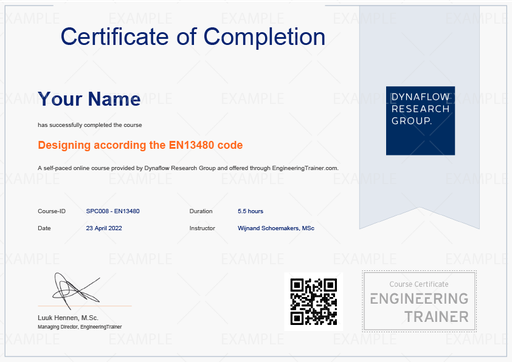
FAQ
Video lectures,
Video demonstrations,
Discussions forum with other participants & instructor.
The majority of training material are videos. These are not available for download, but can be accessed directly with your account on the portal. Apart from quizzes the exercise files can be downloaded. These can include .pdf files with the exercise questions, software models or other file types.
You receive 1-year unlimited access to the course. This allows you to watch content again if this is beneficial for your work projects..
We encourage participants to submit feedback and questions in the Discussions Forum of the course. These are either answered directly in the forum or form the basis for new videos that are added to the online course on a regular basis.
Participants receive 1-year unlimited access to the course including new videos that are added during this year. Participants receive an email notification upon addition of new course videos.
No technical software is required for participants of this course.
If your computer and internet connection is able to play videos online (YouTube) you will be able to follow the course. Note that almost all browsers are supported, except for Internet Explorer.
Yes, this course qualifies for PDH hours as per the NCEES CPC Guidelines.
Related Courses
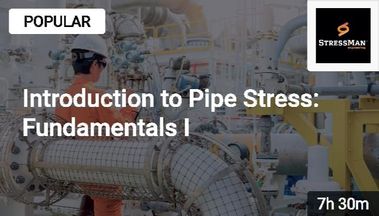
Introduction to Pipe Stress Engineering: Fundamentals 1
By: Stressman Engineering
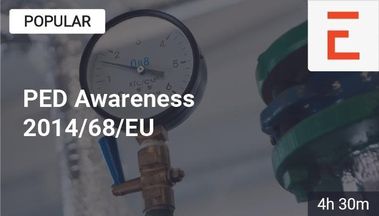
Pressure Equipment Directive (PED 2014/68/EU) Awareness Training
By: Ir. Geert Peeks
